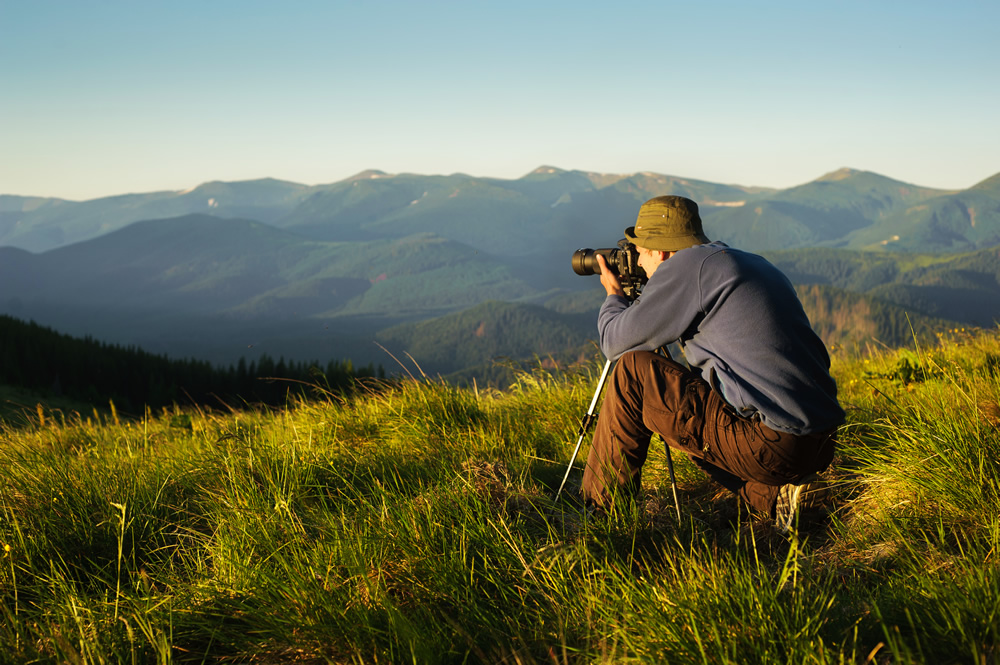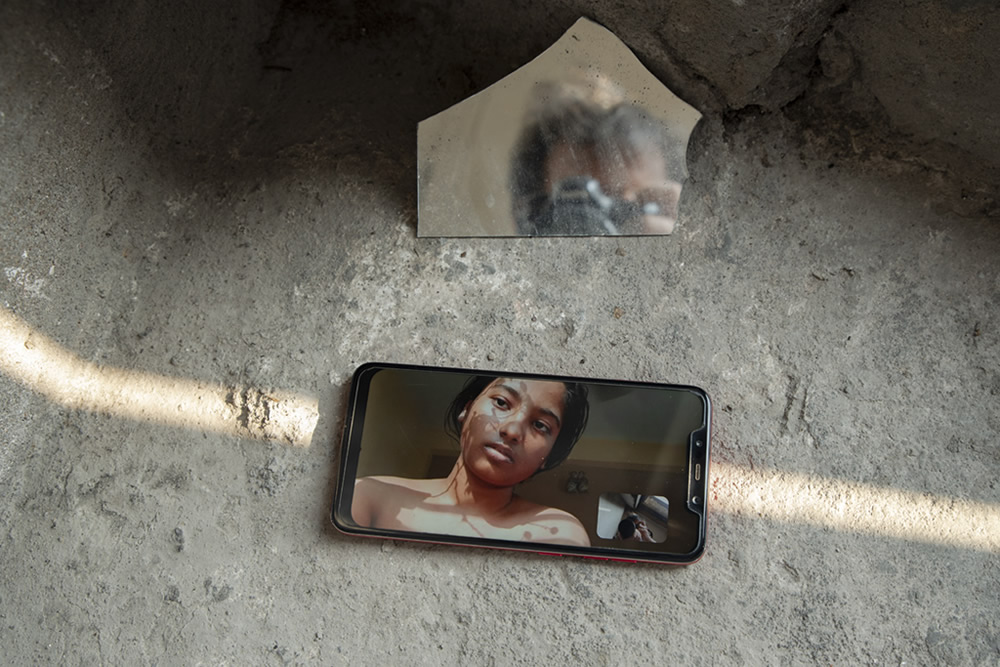It is rightly said that photographs are stories that cannot be put into words. Photography has been a form of art and passion for a very long time now and it is the first dream of a photographer to get their hands on a good camera that can do justice to their skills.

But instead of diving deep into the world of photography right after buying a brand new camera, you should do two things. First is to get a good deal on camera coverage, while getting the device insured. Because cameras are expensive gadgets and before clicking your first picture, you’ve got to have some sense of security. Second is to master the basic functioning of the camera in order to get the best out of it. Listed below are 6 things that you must know before you click the first picture on your camera:
#1 Shutter Speed
Shutter speed is the speed at which your shutter is opening and closing while clicking a picture. Setting the correct shutter speed of a camera is a very basic knowledge you should have as a photographer. Even though it is a tricky one, learning how to set shutter speed does not take much time.
If you keep the shutter open for a longer span, the lens will receive more light. Slow shutter speed allows you to capture motion blur and fast shutter speed is used in order to get motion freeze. For example, if you want to do some street photography, you’ll have to set a slower shutter speed and keep your hand steady, and if you want to click a picture of a water droplet falling from the edge of a leaf, you’ll require a high shutter speed.
#2 ISO
ISO stands for International Organization for Standardization. It is an organization that is credited for setting international standards for different measurements. Speaking of cameras, ISO refers to the camera’s sensitivity to light. ISO is shown on the camera in numbers like 100, 200, 400, etc. A higher ISO means a brighter image. It helps in setting a bright or dark tone to your picture, depending on the requirements.
#3 Exposure
Exposure is likely the most common word used by photographers. Exposure basically means how much your picture is exposed to light. But don’t confuse exposure for ISO. A silhouette can also be equally exposed, yet have very little ISO.
In such a case, exposure of the background is the more important element. Exposure is a word used to explain the amount of brightness required on the element(s) or subject of the picture in order to make the picture well lit, as a whole. For example, if you want to click a bright picture of your subject’s face against the sky which is already bright, you will need to overexpose the sky. The shutter speed, ISO, and aperture depend on the amount of exposure given to the subject.
#4 Aperture
Also known as ‘f-stop’, aperture refers to the wideness of a lens. Again, light is directly related to aperture but it is not the same as exposure or ISO. The more the aperture will be, the more space will allow light to enter. Further, the focus of the background also depends on the aperture. With a wider aperture, the background becomes blurry and with a smaller aperture, the focus is on the background.
#5 Focus
Focus is something ever a non-photographer is aware of. It literally means to focus on the subject of the photograph within the frame. Camera lens’ usually have two options of focusing: Auto-focus or AF and manual-focus or MF. Auto-focus lets the camera automatically select an area of focus and with manual focus, the photographer has the leverage to choose where to focus on. Manual focusing is done by adjusting the lens and the subject’s distance by the photographer.
#6 RAW or JPG
RAW or JPG are two different types in which the pictures get saved on the camera. The photographer has the choice of clicking in both these modes. However, it is advised to click pictures in RAW mode and then turn them into JPG mode after transferring them from the camera to some other device such as your laptop or PC. Raw files also keep the quality intact, while in JPG, the information in the picture gets compressed. However, raw files take way more space than JPG does so you will have to either constantly shift data from your camera to other devices or need a good amount of storage space on your camera.
By keeping these points in mind, you will not only be able to click good pictures but also start a steady career in photography.










